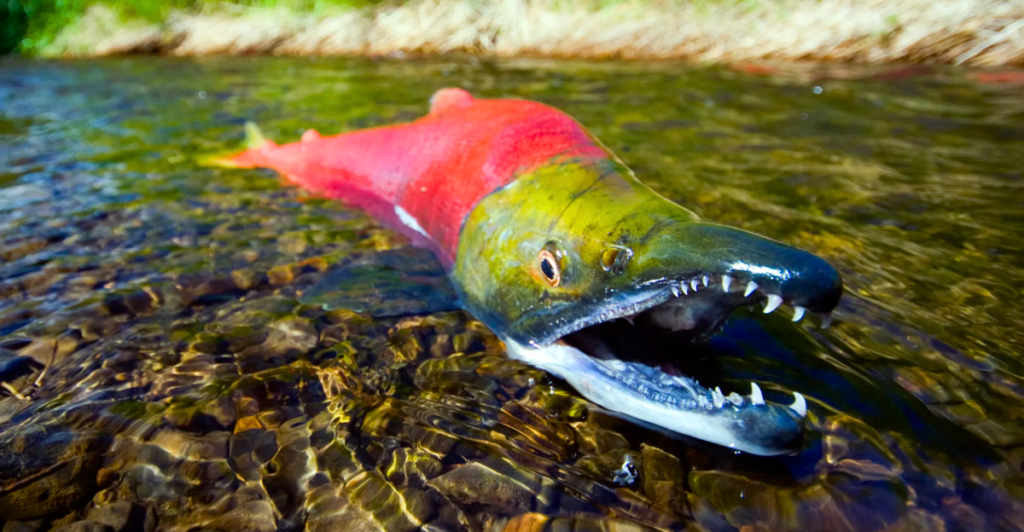
Many fish species across the United States once faced real extinction threats, and while many still do today, some populations have made some pretty impressive comebacks through conservation.
From the deep water of the Great Lakes to the winding rivers of the Southwest, these animals have defied all expectations and bounced back remarkably well. Their resurgence isn’t only a testament to nature’s resilience but a reflection of effective wildlife management strategies and conservation.
From surprising success stories to species benefiting from ecological shifts no one expected, these comebacks offer hope for preserving both biodiversity and animal populations that are barely hanging on. Here are some fish species that have made an exceptional rebound in recent years, surprising researchers and scientists alike.
Razorback Sucker
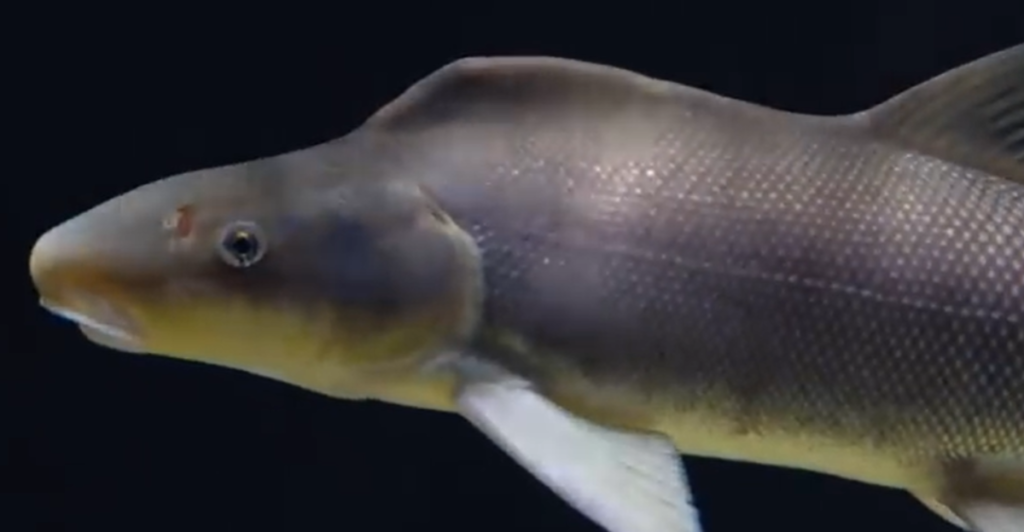
The razorback sucker was once facing a harsh reality – extinction. It was threatened for many years but has recently seen a resurgence in the Colorado River Basin. Researchers have attributed part of its recovery to collaborative conservation efforts such as habitat restoration and controlling non-native species that prey on their populations and compete with them for food.
Large populations of the fish species have been seen in rivers and reservoirs like Lake Powell and Lake Mead. With their numbers rebounded, many have proposed moving them from endangered to threatened, which would mark a small victory for conservationists. While the species still faces risk factors, many hope that their numbers can continue to improve.
Mid-Atlantic Summer Flounder
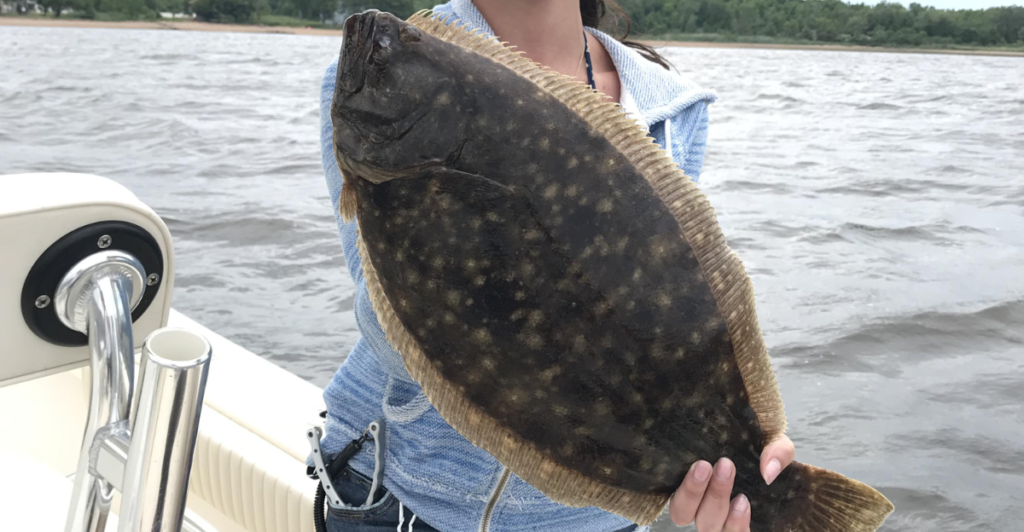
The Mid-Atlantic summer flounder was overfished for decades, severly reducing its population and leading it to becoming endangered. Thankfully. conservation efforts have resulted in their population bouncing back considerably.
The undertaking was only possible through rigorous management plans that including fishing limits and protecting the species’ habitats that are crucial for breeding. The conservation victory of this species can serve as a model for other endangered species in U.S. waters and give the hope that no species is too far gone.
The management practices have also led to improved monitoring and enforcement policies that ensure fishing practices align with conservation goals. Their comeback has benefitted their ecosystem in a wide variety of ways, as they are an important part of the food chain.
Bloater

The bloater is a fish species native to the waters of Lake Huron. It was nearly completely wiped out mostly due to the introduction of invasive species that spelled trouble for their population through food omptetition and habitat space.
Conservation efforts in recent years have tried targeting invasive species like zebra mussels and sea lampreys. With this invasive species under control, the bloater population has made a resurgence, signaling a ecological shift in the lake’s ecosystem.
Their recovery has highlighted the complex dynamics at play in lake habitats and the results of proper conservation plans and wildlife management of non-endemic species. Their population is expected to keep climbing, revitalizing their whole ecosystem.
Sacramento Perch
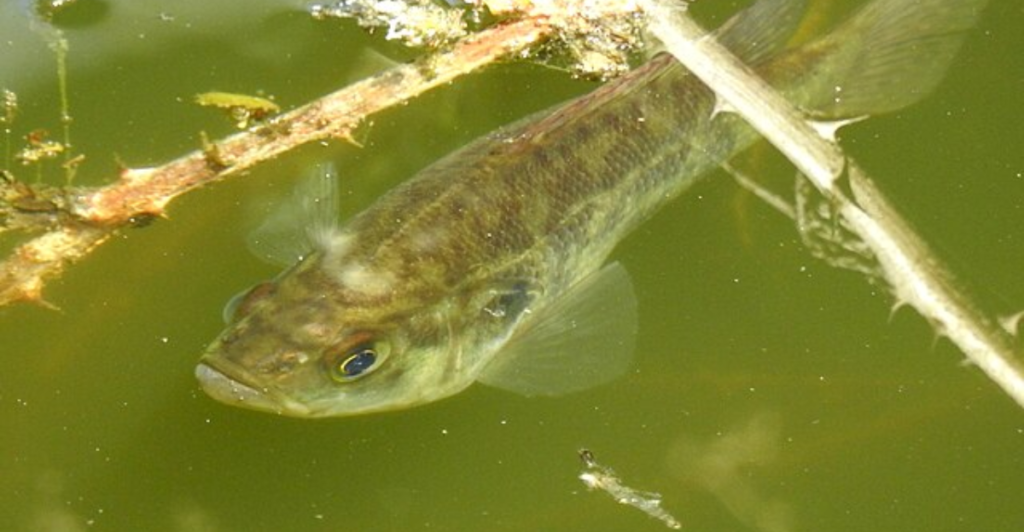
The Sacramento perch once thrived in California’s waterways, but for 50 years, the species saw a decline until they were completely absent from these once native waters. Researchers noticed this and have since reintroduced its population into the waterways of California through pilot projects.
The fish species has since been seen in ecosystems like Granite Regional Park’s quarry pond, and their population is thriving there. This offers hope for their long-term recovery. They are an example of how reintroduction efforts can have a big impact on endangered populations and their habitats, which ensure their health and diversity.
Education and community engagement has played a pivotal role in teaching communities about the importance of native endangered species and that they must be preserved.
Apache Trout
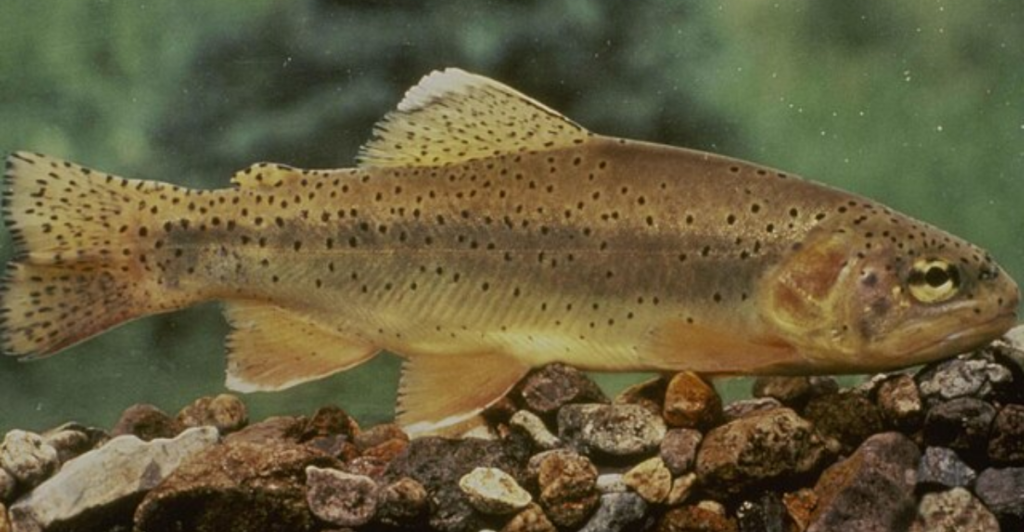
he Apache trout is still considered Arizona’s state fish and was one of the first species to be placed under the Endangered Species Act (ESA), with its conception in 1973. Local communities like Native American tribes have been at the helm of conservation efforts, restoring lost populations by removing habitat fragmentation and taking away barriers.
The reintroduction efforts have not only preserved the fish population but also preserved cultural heritage and traditional practices. Cultural customs must always be considered in conservation, as many species are vital to many local populations.
Community-led conservation initiatives have shown us how important historical context and how much indigenous knowledge can help in conservation and environmental stewardship.
New England Scallops

New England Scallops were an endangered species for many years until reintroduction efforts for another species had unexpected effects. Groundfish conservation efforts were undertaken in the 1990s, and these conservation efforts also saw sea scallops start to thrive again.
The recovery of one population effecting another underscores how interconnected and fragile ecosystems are, with animals all playing an important part in their environment and the food chain. Ecosystem-based management can have unexpected, and positive effects on the greater habitat.
Future conservation projects could have far-reaching impacts if they can identify one key species in a habitat that could have a knock-on effect, bringing back other animals as well. This has been seen in places like Yellowstone, where the reintroduction of wolves has brought back many other animals, such as beavers.
Groundfish
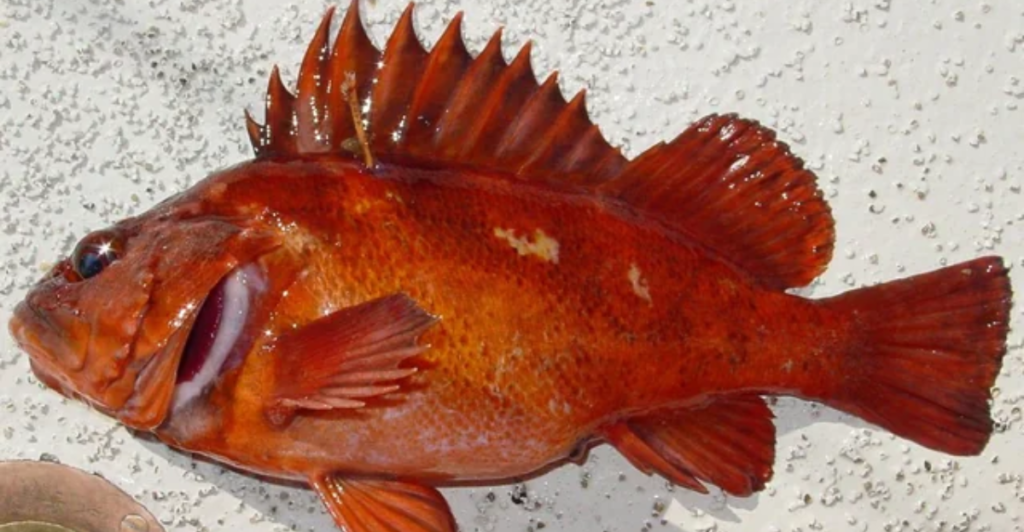
Groundfish saw a huge population decline after decades of overfishing off of the United States’ West Coast. In recent years, the species have seen a huge resurgence thanks in part to collaborative conservation efforts from fishermen and environmentalists.
With fishing being more closely regulated, the species had a chance to breed and repopulation their environment. It’s not just the groundfish, as other species in area have rebounded 50 years ahead of schedule. Their recovery wouldn’t be possible without marine protected areas being established and implemented into commercial fishing.
Overfishing factors have gone down dramatically in recent years and have allowed species to repopulate. The groundfish recovery serves as a model for sustainable fishing practices globally.
Gulf Red Snapper
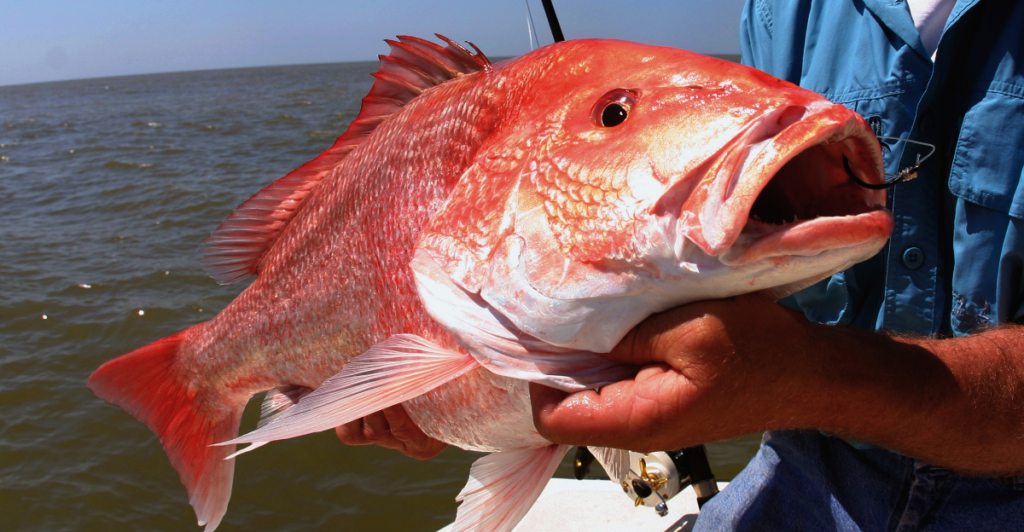
The Gulf red snapper was once a severely threatened species. Thankfully over many years, its population has made a slow but steady comeback. Catch limits and other conservation initiatives were implemented in 2007 and in the 18 years, their population has started thriving again.
Catch limits and habitat restoration have been key factors in bringing their population up from near-extinction. Since the species recovery, the biodiversity in the Gulf of Mexico has increased.
Advanced monitoring technology and collaborative research between fishermen and researchers has helped lead to more advanced management trategies, making sure that fishing practices are sustainable and keep to conservation goals.
Lake Trout
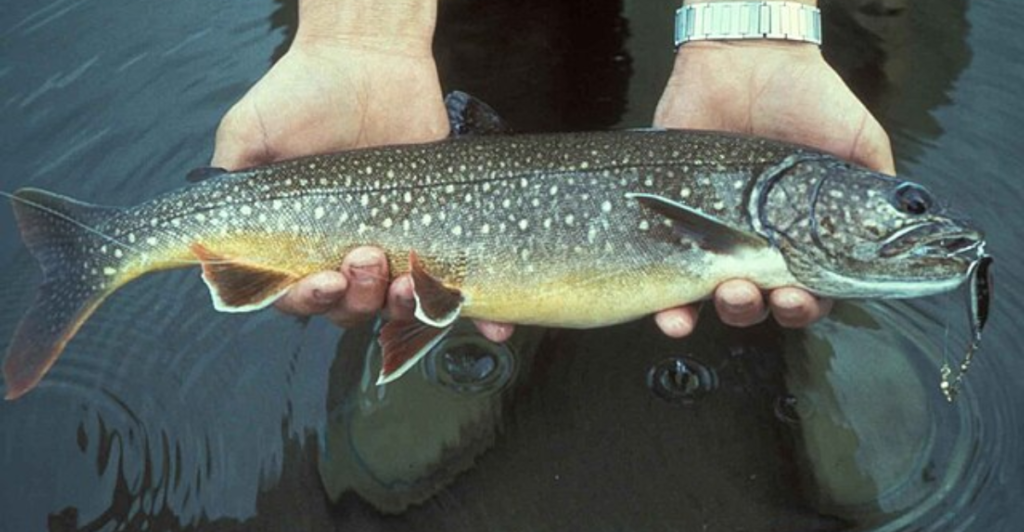
Lake trout were a species that many believed was too far gone. Conservation efforts had historically failed with such a small number of individuals thought to be left on the planet. Recently, wild lake trout have been seen reproducing in Lake Huron naturally for the first time in many decades.
This highlights other conservation efforts in Lake Huron, which have helped the lake trout population as a byproduct. The recovery is tied to efforts to control invasive species that threaten many populations in the Great Lake systems.
With their natural reproduction, lake trout in Lake Huron is a significant milestone for conservation in the Great Lakes. This offers hope for the long-term health of these ecosystems that house critically endangered species.
Explore more of our trending stories and hit Follow to keep them coming to your feed!

Don’t miss out on more stories like this! Hit the Follow button at the top of this article to stay updated with the latest news. Share your thoughts in the comments—we’d love to hear from you!







